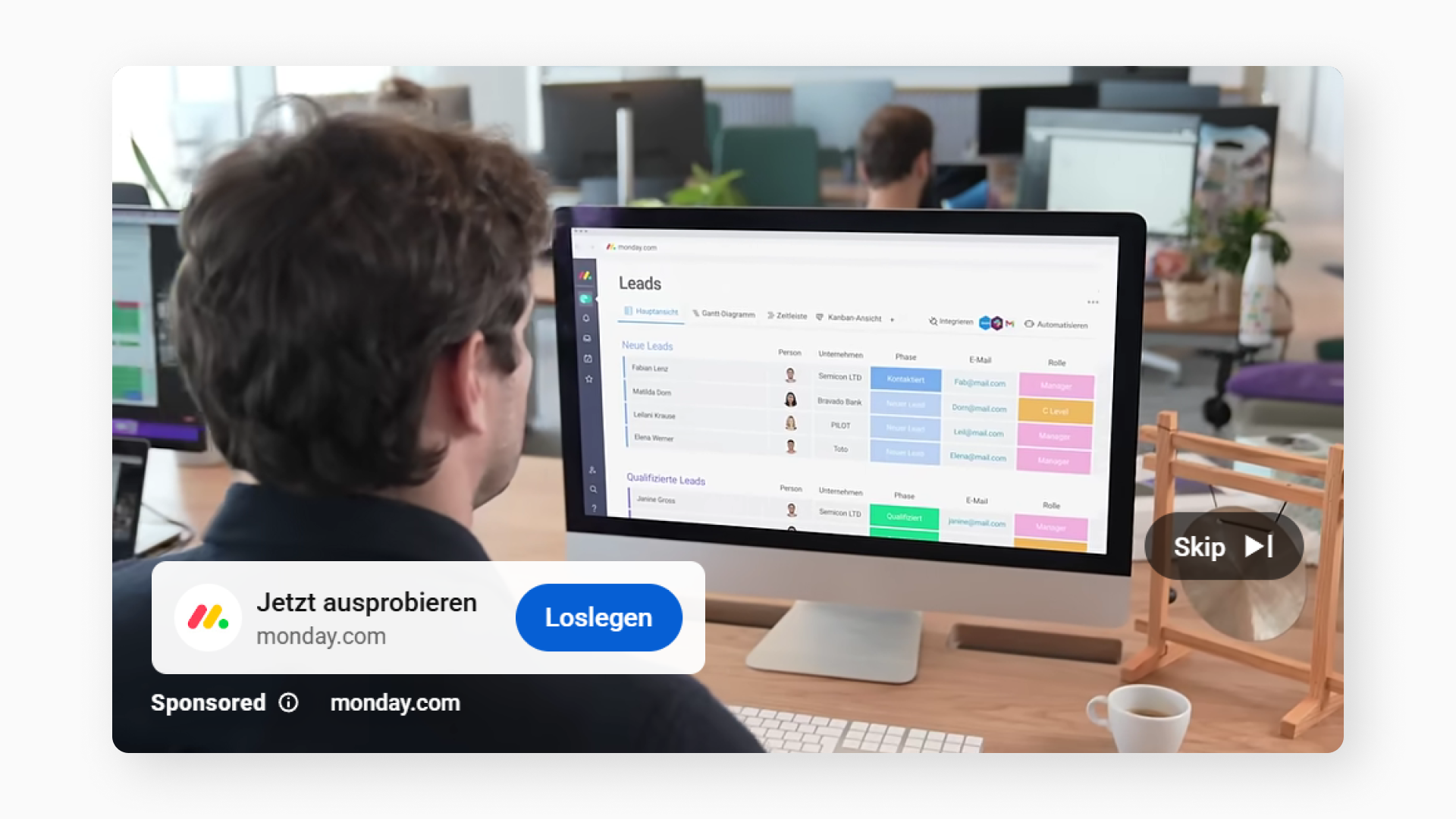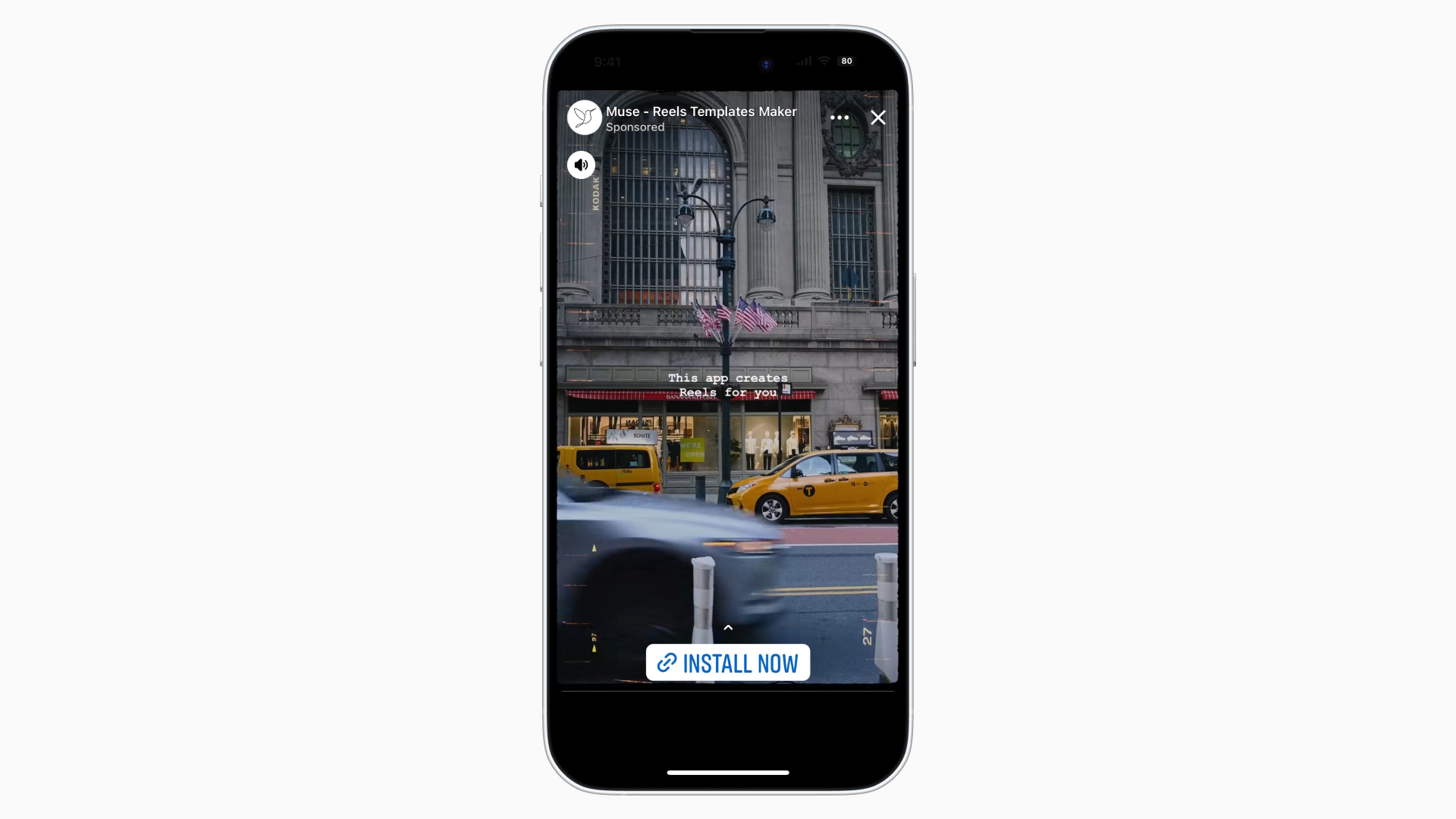
Google Ads vs. Facebook Ads: Pros, Cons & When to Use Each in 2025
Google helps people find what they’re actively looking for, Facebook helps them discover what they didn’t know they needed. Both advertising platforms have huge reach and advanced targeting capabilities, but which is the best fit for your business? In this article, we’ll compare Google Ads and Facebook Ads across campaign types, placements, targeting strategies, and overall strengths, so you can build a strategy that aligns with your goals and budget.
- How Google Ads Works
- Google Ads Placements
- Types of Google Ads Campaigns
- Targeting Options
- Pros and Cons of Google Ads
- How Facebook Ads Works
- Facebook Ads Placements
- Facebook Ad Formats
- Targeting Options
- Pros and Cons of Facebook Ads
- Key Differences Between Google Ads and Facebook Ads
- Which Platform Is Right for Your Business?
How Google Ads Works
Since over 79% of desktop search traffic goes through Google, advertising on this platform is one the most effective ways to reach people right when they’re ready to take action.
 Global market share of top desktop search engines. Source: Statista
Global market share of top desktop search engines. Source: Statista
Google Ads runs on a PPC model, which means you only pay when someone clicks on your ad, not just when it’s shown. This gives you greater control over your budget and makes it easier to measure what’s working in real time, based on real user actions.
With Google Ads, you can achieve a variety of goals, including instant visibility, driving website traffic, generating phone calls, increasing app installs, boosting online purchases, and more. The platform is highly scalable and delivers results for businesses of all sizes — from local service providers to global e-commerce stores.
Google Ads Placements
Ad placements vary based on your targeting settings, audience, and the ad formats you choose.
Google Search and Related Sites
Your ads can appear on Google Search above or below organic search results when users actively look for the products or services you offer. They may also show up in the Shopping tab, on Google Play, Google Maps, and the Maps app.
 Google Search Ads
Google Search Ads
In addition to Google’s main search engine, text ads can appear on a network of partner sites that display Google search results. This network includes hundreds of non-Google websites, as well as other Google properties. These partner sites help extend your reach beyond Google's core platform.
Across the Web on the Display Network
Google Ads also allows you to place ads on the Google Display Network — a massive ecosystem of over 2 million apps, websites, and videos that reaches more than 90% of internet users around the globe. This also includes popular Google services such as Gmail and YouTube.
Types of Google Ads Campaigns
- Search campaigns: Text ads that are displayed when users type relevant keywords into Google Search.
- Display campaigns: Visual banner ads shown across millions of websites in the Display Network.
- Video campaigns: These ads appear on YouTube as well as across websites and apps that are part of Google’s video partner network.
- App campaigns: Automated ads that help you promote your app across Google Search, YouTube, Play, Discover and the Display Network to drive installs, engagements, and signups.
- Shopping campaigns: Product-based ads that appear directly in Google Search and Shopping results.
- Performance Max: A goal-based campaign that runs across all Google channels using automation and machine learning.

A Video ad on YouTube
Targeting Options
You can tailor your Google Ads campaigns using a variety of targeting options, including:
- Keywords. Show your ads to users actively searching for specific terms related to your product or service.
- Demographics. Reach audiences based on age, gender, household income, parental status, and more.
- Location. Target by country, city, region, or even a specific radius around your business.
- Interests and behavior. Deliver ads to people based on browsing habits, past interactions, or online behavior.
- Remarketing. Re-engage users who’ve visited your website, used your app, or interacted with your ads before.
Not every audience is the right fit. Google Ads also lets you filter out certain demographics to make sure your message reaches the right people.
Pros and Cons of Google Ads
Pros
- Massive reach. With 14 billion searches happening on Google every day, the platform helps you connect with users when their interest is at its peak.
- High ROI. According to Google, businesses earn an average of $8 in profit for every $1 spent on Google Ads.
- Fast, measurable results. Unlike organic strategies that take time to build, Google Ads start driving traffic and leads almost immediately.
- Diverse ad formats. Google Ads supports a wide range of ad formats to suit your marketing goals and creative strategy — from text ads on Search to video ads on YouTube and product listings in Shopping.
- Remarketing capabilities. Remarketing helps you stay top-of-mind with warm audiences and increase the chances of conversion.
Cons
- Can become costly without a clear strategy. Running ads without defined goals, proper tracking, or audience targeting can quickly lead to wasted budget.
- Requires ongoing optimization. To maintain strong performance, campaigns need consistent monitoring and fine-tuning. This includes refining keywords, testing different ad copy, adjusting bids, and analyzing performance data to keep everything running efficiently and cost-effectively.
To sum up, Google Ads is one of the most effective ways to reach users with strong intent and turn their interest into real, trackable outcomes. However, to get the most out of it, you need a well-planned strategy, ongoing optimization, and careful budget management.
How Facebook Ads Works
Facebook Ads is Meta’s paid advertising platform. Unlike Google Ads, which targets search intent, Facebook Ads focuses on interest-based and behavior-driven targeting to reach people as they scroll through their feeds, watch stories, or engage with content.
 A Facebook ad in a feed
A Facebook ad in a feed
Facebook Ads supports a wide range of marketing objectives. You can build brand awareness, drive website traffic, generate leads, boost sales, promote app installs, and more. With strong visual formats and detailed targeting, the platform is particularly effective for storytelling and audience building.
Facebook Ads Placements
Facebook Ads can show up in multiple places across Meta's platforms, including Facebook, Instagram, Threads, Messenger, and the Audience Network. Depending on your campaign objective and creative format, ads may be displayed in feeds, stories, reels, search results, or even within other mobile apps. You can choose automatic placements or manually select where your ads appear.
Facebook Ad Formats
- Photo ads. Simple and effective, photo ads feature a single image with a clear message. They're ideal for promoting offers, products, or driving quick engagement.
- Video ads. Video ads let you tell a story, demonstrate a product, or build brand awareness through short or long-form clips.
- Stories ads. These are vertical, full-screen ads that appear between user stories on Facebook, Instagram, and Messenger — great for fast, visually driven messaging.
- Messenger ads. Messenger Ads appear directly in the Chat’s tab and encourage users to start real-time conversations with your business.
- Carousel ads. This format allows you to tell a visual story or promote several offers at once using up to 10 slides, each linked to its own destination.
- Slideshow ads. Slideshow ads turn a series of still images into smooth, animated content that loads quickly and performs well on slower connections.
- Collection ads. It’s a mobile-only format that features a main image or video paired with a product grid. When users tap the ad, they’re taken to a fast-loading storefront within Facebook or Instagram.
- Playables. These are interactive ads that let users try a mini version of your app or game before downloading it.

A Facebook ad in stories
Targeting Options
Targeting on Facebook goes far beyond basic demographics. Interests, behaviors, and past interactions can all be used to fine-tune who sees your ads. With Custom Audiences, you can reconnect with people who’ve already interacted with your brand, like those who visited your website or engaged with your profile. Looking to expand your reach? Lookalike Audiences help you find new people who are similar to your existing customers. The result is smarter targeting, more relevant campaigns, and better use of your budget
Pros and Cons of Facebook Ads
Pros
- Huge user base. Facebook remains the world’s largest social media platform, with over 3 billion monthly active users in 2025.
- Ideal for brand awareness. Ads appear right next to organic posts from friends and followed pages, so your business gets noticed and remembered over time.
- Advanced audience targeting. Meta targeting tools make it possible to reach users by demographics, interests, behaviors, location, language, and even life events.
- Rich visual formats. Eye-catching videos, swipeable carousels, full-screen stories — you can choose the most effective way to showcase your brand and achieve your business goals.
- Multi-platform ad placement. When you run ads on Facebook, they’re automatically eligible to appear across Instagram, Messenger, and the Meta Audience Network.
Cons
- Lower buying intent. Unlike search ads where users actively look for a product or solution, Facebook users are typically browsing socially, not shopping. This makes it harder to drive immediate conversions, especially for high-ticket or complex products.
- Ongoing maintenance required. Just like Google Ads, Facebook Ads isn't a “set it and forget it” tool. To maintain strong performance, it's important to regularly test creatives, refine your audience targeting, adjust budgets, and review campaign data to understand what’s delivering results.
With billions of active users and advanced targeting tools, Facebook Ads puts your message in front of the people who are most likely to take action. Use it to increase brand awareness, generate more leads, and drive sales efficiently and at scale.
Key Differences Between Google Ads and Facebook Ads

Advertising on Facebook vs. Google. Which Is Right for Your Business?
The decision to use Google Ads or Facebook Ads depends on your specific goals, budget, and industry. But in many cases, using both platforms together delivers the best results. Google Ads is ideal for capturing high-intent users who are actively searching for products or services similar to yours. Facebook Ads, on the other hand, helps you reach a broader, more passive audience through interest-based targeting and rich visual formats.
However, this balance can shift based on your organic visibility. For example, if your website already performs well in search rankings, it may be more effective to invest a larger portion of your ad budget into Facebook to reach new audiences and expand your brand’s reach. Ultimately, both platforms offer unique strengths, and the best approach is to test, track performance, and refine your strategy based on what delivers the strongest return.
At Magnetto, we evaluate each brand individually to identify which platform best aligns with its specific business goals, target audience, and budget. Let’s talk about what will drive real results for you — contact us to book your free strategy call today.

